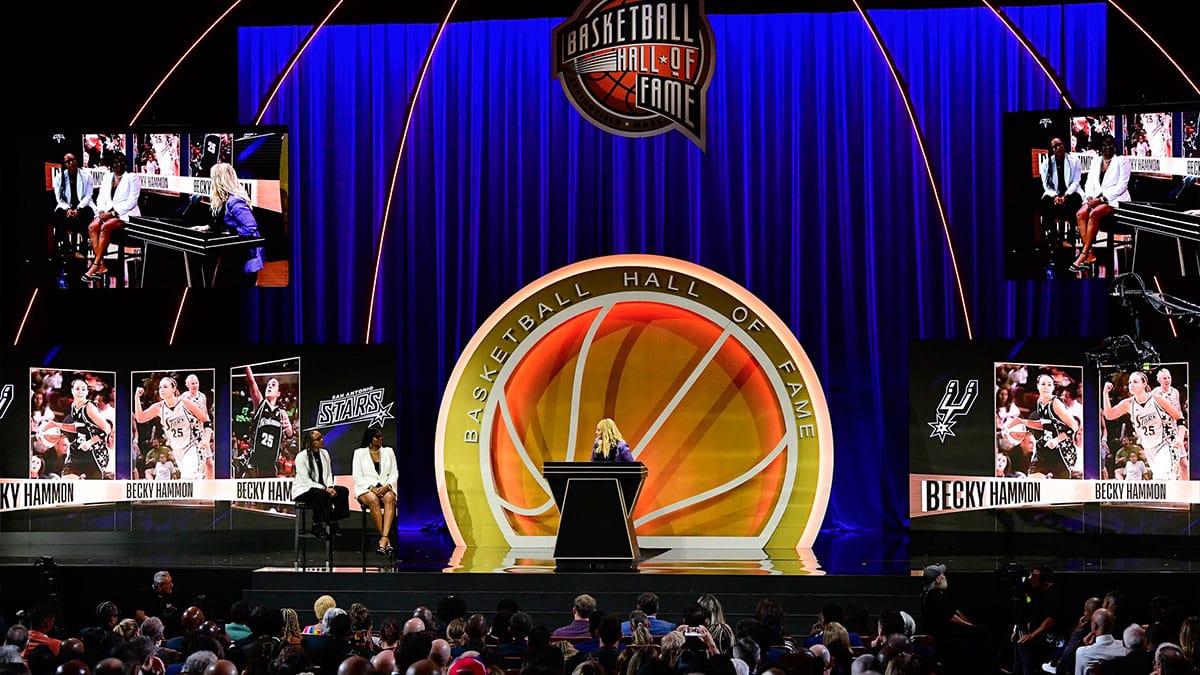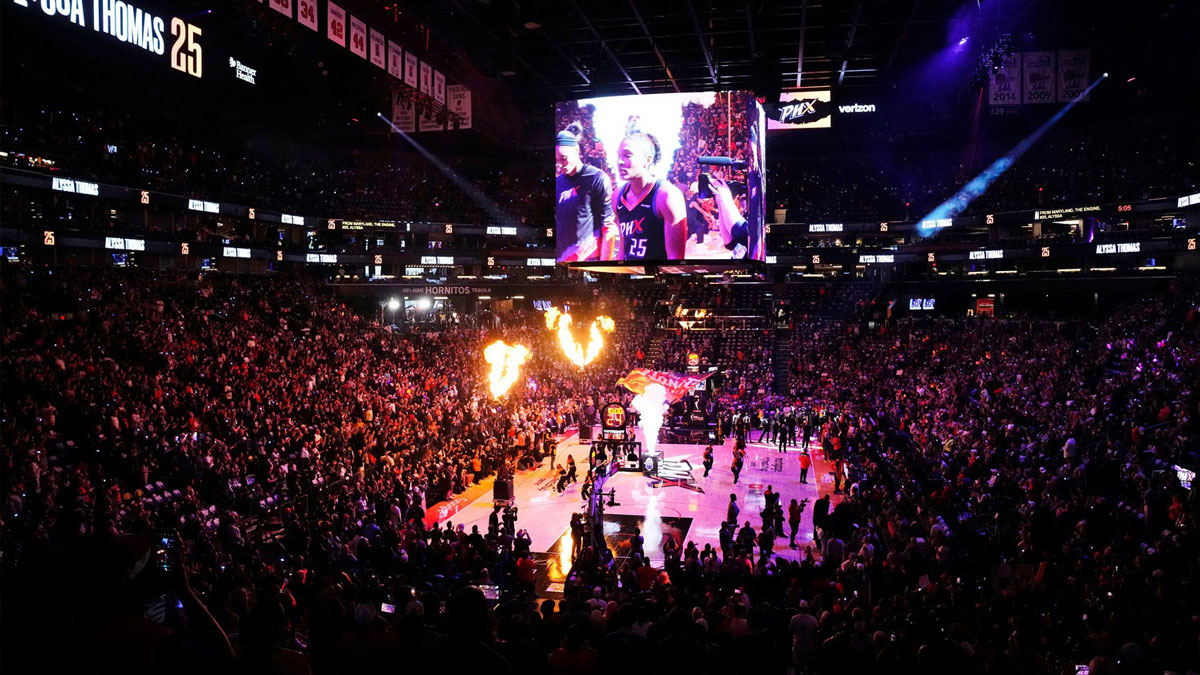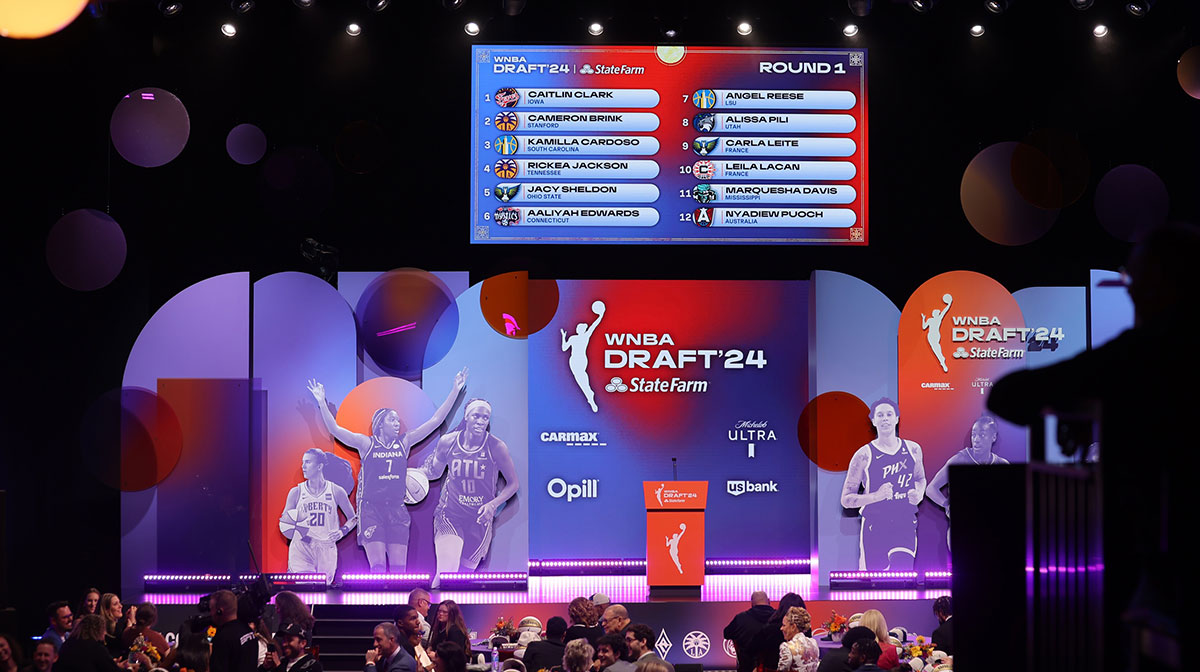The WNBA announced significant changes to the Commissioner’s Cup format in a move to enhance fan engagement and excitement. The modifications, intended to simplify the tournament and amplify its intensity, were revealed on Monday.
Cathy Engelbert, the WNBA Commissioner, emphasized the need for a “new, streamlined format.” This overhaul comes as the Commissioner’s Cup enters its fourth season, aiming to make it more accessible and thrilling for the fans.
“The newly designed, concentrated structure for this in-season tournament adds an increased sense of urgency and excitement as we place a particular spotlight on Eastern and Western Conference Commissioner’s Cup play in a two-week window near the tipoff of our regular season,” Engelbert said in a league release, as reported by Cassandra Negley of Yahoo Sports. “The focus is on making the Commissioner’s Cup … even more engaging for all our stakeholders, including fans, teams, players and the community organizations that collaborate with our teams during the designated games.”
The revised format will see each of the 12 WNBA teams playing five games against their in-conference rivals over a concentrated two-week period in June. This structure differs from the previous format, which spread the games over the first half of the season. The alteration ensures a balance of home and away games for each team, with some playing three at home and two away, and vice versa. Notably, these games are part of the regular 40-game schedule and count towards the overall record.
The climax of this revamped format is the Commissioner’s Cup championship game on June 25, featuring the teams with the highest winning percentage from each conference. The game's location will be the home court of the team with the superior record, adding another layer of competitive edge to the event.
New WNBA Commissioner's Cup format adds excitement

One of the key advantages of this change is the heightened sense of urgency it brings. By concentrating Cup games into a specific timeframe, it becomes easier for fans to track which games count towards standings, fostering a more cohesive and exciting tournament. This format addresses the previous issues where the lack of clear demarcation led to confusion and a diluted interest in the tournament's stakes.
Under the old format, the 10 games played in the first half of the season towards Cup standings often left fans and even players confused, unable to quickly determine the significance of a particular game without consulting the league's schedule. Tracking the 30 total Cup games within the conference and 60 overall further compounded this complexity.
The streamlined format also offers strategic advantages for marketing and player engagement. By focusing on a specific period in early June, the league can better plan promotional activities and sustain the momentum generated at the season's start. This timing is particularly crucial in Olympic years, as seen in the avoidance of scheduling conflicts with the 2024 Paris Olympics.
Comparing this to the NBA's in-season tournament, the WNBA's approach differs significantly. The NBA, having introduced its own in-season tournament following the WNBA's lead, utilized stylized courts and designated “Tournament Nights” to differentiate IST games from regular ones. The NBA's format, involving group play stages and knockout rounds among its 30 teams, contrasts with the WNBA's focus on reigniting conference rivalries.
As the WNBA continues to seek greater investment and recognition, these changes in the Commissioner’s Cup represent a strategic step towards enhancing the league's appeal and competitiveness.



















